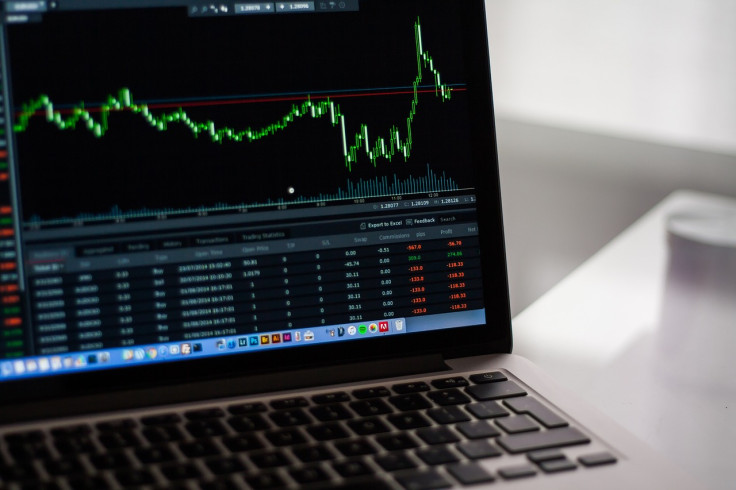Stocks And Bonds Come Off A Volatile Week On Fears Of Stagflation - What Is Next?

U.S. bonds and stocks come off a volatile week on a mix of higher inflation and lower sales reports, which confused traders and investors on the direction of interest rates and corporate earnings for the rest of the year.
The S&P 500 ended the week at 5,005.57, down 0.30% for the week; the Dow Jones at 38,627.99, down 0.50%; the tech-heavy Nasdaq at 15,775.65, down 1.10% and the small-cap Russell 2000 at 2,032.74, down 0.60%.
That is a reversal from the previous week when major equity averages defied gravity, with the S&P 500 crossing the 5,000-mark, a milestone for the broadly followed index.
The slight decline in equities followed a decline in bond prices, which pushed yields higher. The benchmark 10-year U.S. Treasury bond ended the week with a yield of 4.29%, up from 4.16% in the previous week, after trading as high as 4.33% on Friday morning.
The impetus behind the market volatility was mixed inflation and retail sales data on the U.S. economy. A recent report showed that the Consumer Price Index (CPI), which measures the average change over time in the prices paid by urban consumers for a market basket of consumer goods and services, climbed at an annual rate of 3.1% in January 2024, down from up from 3.4% in December, but ahead of market forecasts of 2.9%.
In addition, core CPI, which leaves food and energy out of the consumer basket, came at 3.9%. It is unchanged from the previous month, but it, too, exceeded market expectations.
Another report released later showed that the Producer Price Index (PPI), which measures the average change over time in the selling prices received by wholesalers for their products, rose at a monthly rate of 0.30% in January, the most significant increase in five months, and ahead of market expectations of 0.10% rise.
Meanwhile, a third report showed that retail sales, a barometer for consumer spending, increased at an annual rate of 0.60% in January. It's the lowest since the fall of 2020 and well below market expectations of 5.8%.
The stronger-than-expected inflation numbers and the weaker-than-expected retail sales figures brought back the narrative of stagflation, which puts the nation's central bank into a bind: cutting interest rates could make inflation worse while raising them could push the economy into a recession.
Thus, the volatility seen in both markets during the week.
Still, Wall Street experts see the recent inflation and retail sales reports as an aberration rather than something more serious, like stagflation. Therefore, they continue to see interest rate cuts on the cards, though these cuts could be pushed a couple of months into the year.
"Do not panic too much about the hotter-than-expected CPI report," said LendingTree Senior Economist Jacob Channel. "While slightly hotter than expected inflation growth is not the best news in the world, it is not the worst. The truth is that inflation still grew by less this January than in January 2023, and there are not many signs that the economy is about to collapse suddenly."
"Retail sales were due for a pause after beating estimates for six straight months," added David Russell, Global Head of Market Strategy at TradeStation. "Today's numbers may take some pressure off GDP growth and, therefore, rates while doing little to hurt the narrative of a strong economy. This could be just what the market needed to continue its strength."
Steve Wyett, Chief Investment Strategist at BOK Financial, does not see the elevated inflation and the weak retail sales as a turning point in the soft-landing thesis. "We still think the next move in rates is a cut, but it will be at least May and, more likely June," he said.
© Copyright IBTimes 2025. All rights reserved.





















